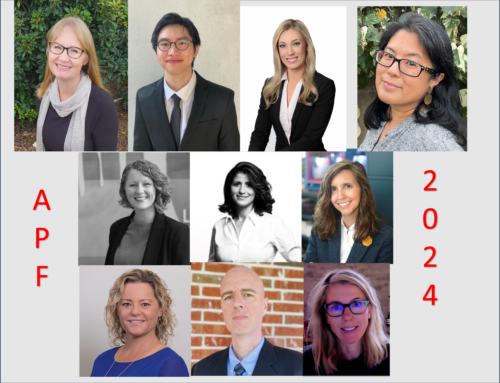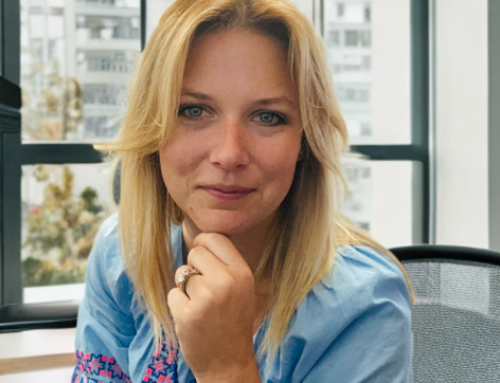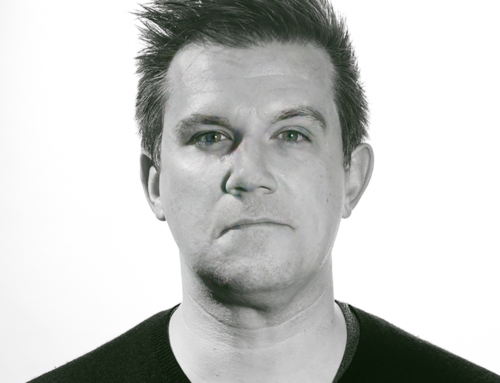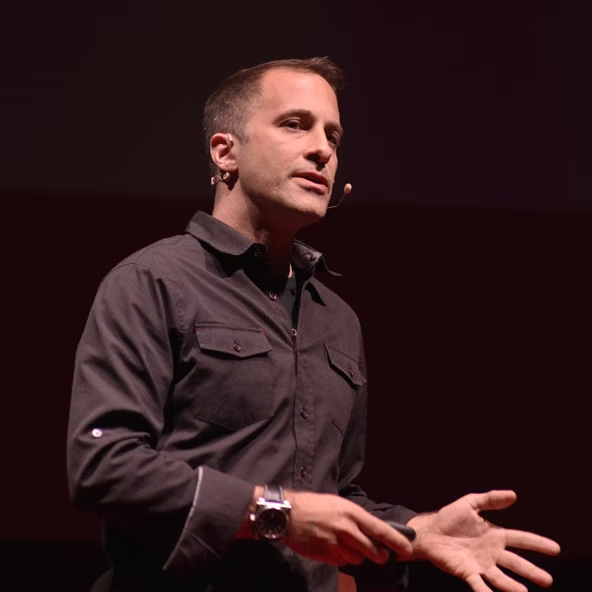 A painting of Venus rising from the sea on a Shell fuel pump, a sheet of steel “played” in a symphony and tiny oil pump jacks made of Legos – pictures of these finds form part of my quirky personal collection of energy references in art or pop culture.
A painting of Venus rising from the sea on a Shell fuel pump, a sheet of steel “played” in a symphony and tiny oil pump jacks made of Legos – pictures of these finds form part of my quirky personal collection of energy references in art or pop culture.
In retrospect several of these images embedded hints about the future – a windmill looms over an oil well in a 1970s modern art painting that was part of singer David Bowie’s collection. I recently drove through West Texas, where the scene is not an abstract painting — but a reality. Massive wind turbines line ridges behind fields still dotted with oil and natural gas infrastructure. Even the plastic figures hint at 3D printing and modular manufacturing equipment that can be replaced “like Legos.”
Foresight studies includes the practice of scanning for weak signals about trends that might emerge, and are worth considering. These are one type of input for our methodologies of thinking about the future, often in the form of articles or scientific papers.
My casual picture-collecting hobby, however, made me wonder if more attention art could help make the less artsy better aware of potentially disruptive new technologies – and boost creative thinking.
Two classic articles related to this area indicate this could be the case. In “Disruptive Technology: Catching the Wave,” from 1995 by Christensen & Bower, the authors argued that companies must stay engaged with groups beyond their normal customer base to be attuned to “important new technologies in emerging markets.”
James Bailey in “The Leonardo Loop: Science Returns to Art” in 1998 promotes the idea of art education as the key to raising “high achievers of science and industry in the next century.” Putting these two things together – should the suits spend more time hanging out with vanguard artists? Or at least looking at their art?
Bailey even argued that people need to return to viewing particularly emerging issues as three-dimensional rather than sequential – such as in art. There has been some advancement in this space – such as in systems thinking – but most organizational thought processes are still linear (step 1, step 2 …).
This area seems ripe for investigation, but in the meantime, maybe venture out more to look at street art, visit your local markets, or keep tabs on shows or new exhibits that relate to your area of expertise. As a journalist, I would sometimes find inspiration for stories in rotating exhibits of modern art in the building where I used to work – even when the art wasn’t to my taste.
After all, even schools have added back the “art.” My 12-year-old son attends a S.T.E.A.M. school – for science, technology, engineering, the arts and math. A few years ago, it was just S.T.E.M. Maybe we should consider making the A in MBA stand for “art.” — Carla Bass





